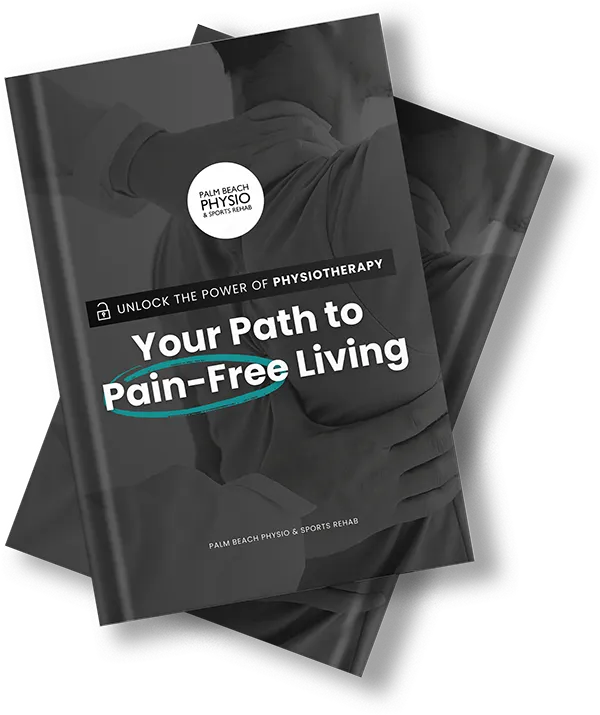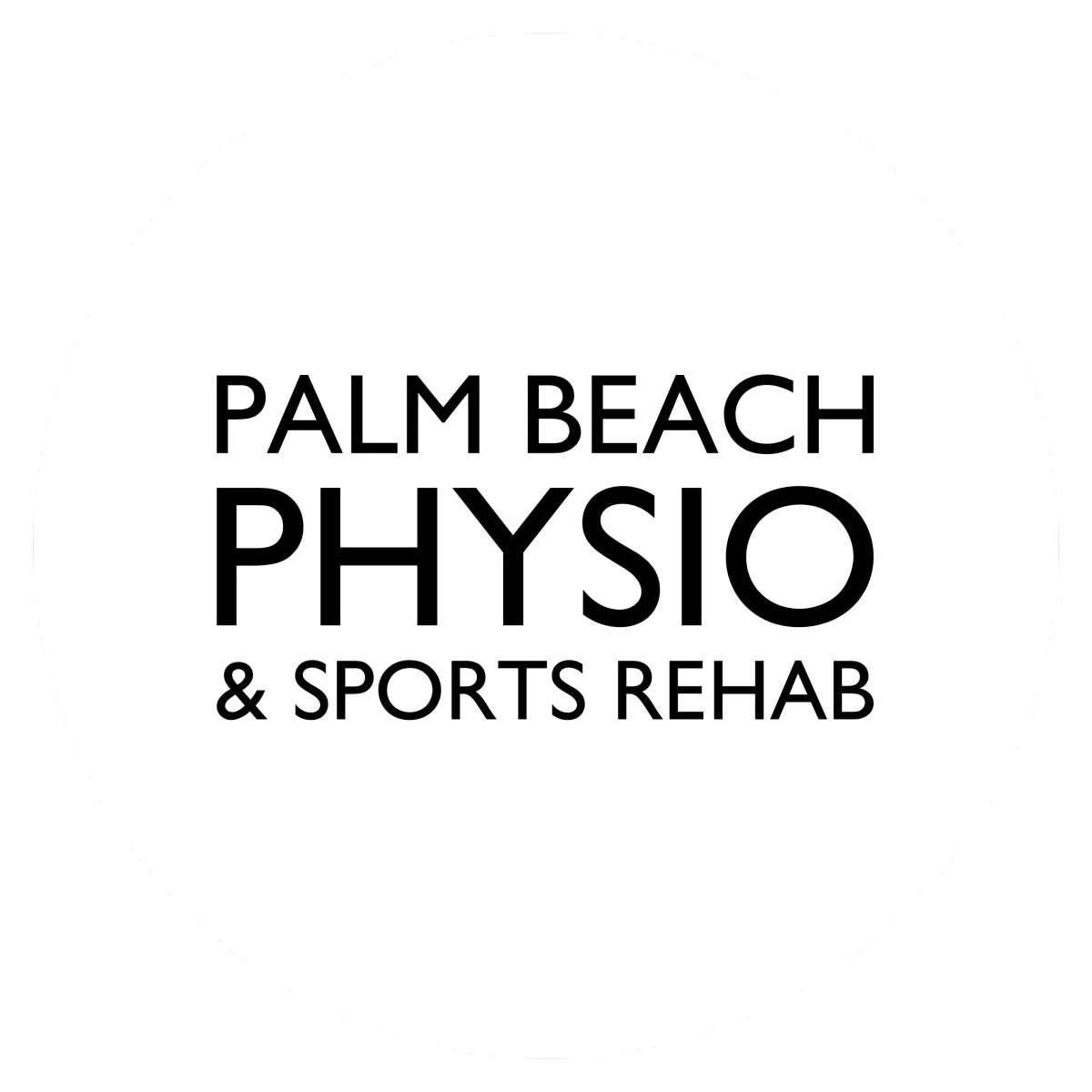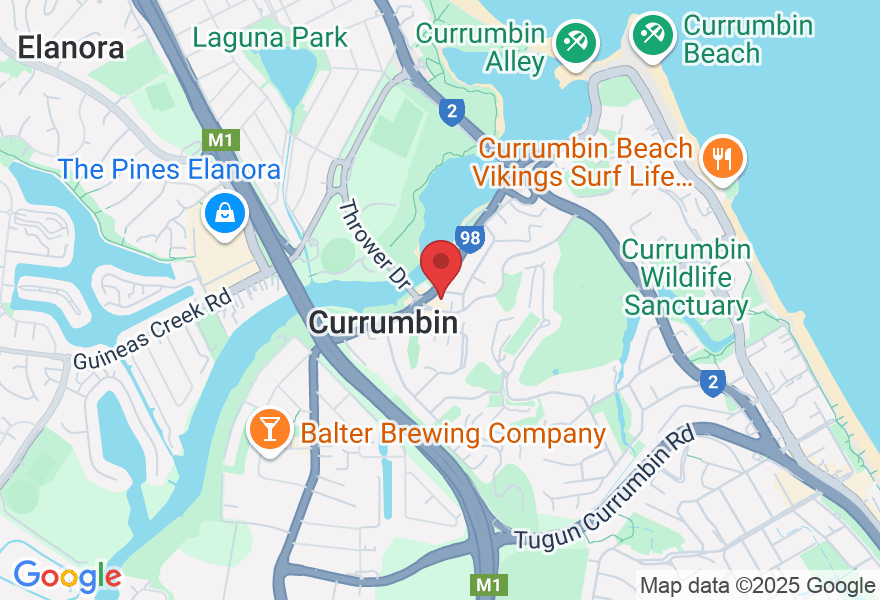WELCOME TO
Patient Resources


How Exercise Helps Knee Osteoarthritis: Tips for Managing Pain and Improving Strength
How Exercise Helps Knee Osteoarthritis: Tips for Managing Pain and Improving Strength
The Why and How of Exercise For Knee Osteoarthritis
Here is the classic story:
A patient diagnosed with osteoarthritis (OA) is referred to physiotherapy.
They see a physio and are given a handout of some exercises.
They try their best and make some progress toward their goals.
However, they don’t feel like they will ever return to the activities they love.
Frustrated, they are referred to a surgeon, believing they’ve exhausted their options with physiotherapy.
Many end up having knee replacement surgery within months. But have they truly explored what physiotherapy and exercise can offer?
Exercise is one of the best treatments for knee osteoarthritis and is recommended across major guidelines worldwide. However, the question is: are we doing it effectively?
Programs like the GLAD program, which has gained worldwide attention, have shown mild improvements in pain and function. While it's a great starting point and has driven change, there’s still room to refine our approach.
Additionally, a recent review has shown that the dosage and intensity of exercise for knee osteoarthritis may not matter as much as tailoring the program to the individual. A one-size-fits-all approach often falls short.
So, let’s dive into some core principles to help you understand the why and how of exercise for osteoarthritis.
Your Bioplastic Knee: Why Exercise Matters
Every tissue in the body is "bioplastic," meaning it can adapt to changes in activity levels. Your knee cartilage is no exception.
Cartilage doesn’t heal as easily as other tissues because it lacks a blood supply, but it still responds to movement. When you move your knee, nutrients flow into the cartilage, keeping it healthy. Think of it like a sponge soaking up and releasing water with every step.
Inside the cartilage are special cells called chondrocytes. These little helpers repair and maintain the cartilage. Though they work slowly, movement keeps them active, encouraging better joint health over time.
It’s Not Just About the Cartilage
Osteoarthritis doesn’t only affect cartilage – it’s a whole joint condition. Exercise benefits all parts of the knee, including:
The meniscus: This helps spread the load evenly across your knee.
Muscles: Stronger quads, hamstrings, calves, and glutes support the joint and reduce stress on the knee.
Synovial fluid: This natural lubricant reduces friction and helps the joint glide smoothly.
When you exercise, you improve not just one area but the entire system that helps your knee function.
The Sweet Zone: The Key to Effective Exercise
The "Sweet Zone" is the level of activity your knee can handle without triggering too much pain or inflammation. It’s unique to each person and depends on factors like joint health, sleep, and overall fitness.
Doing too little won’t lead to improvement, while doing too much can cause setbacks. The goal is to find the balance that allows your knee to adapt and get stronger over time.
How to Exercise in the Sweet Zone: A Step-by-Step Plan
When it comes to exercising for knee osteoarthritis, there are two types of activities to consider:
General Exercise: This includes activities like walking, swimming, yoga, or cycling. The goal is to meet basic physical activity guidelines with something enjoyable and meaningful.
Specific Knee Exercises: These focus on improving strength, mobility, and stability in the knee. They’re based on a personalized assessment of your knee's needs.
Here’s how to put it all together:
Find your Sweet Zone. Start by identifying your goal activity (e.g., walking or golfing) and your current tolerance. Assess your knee’s strengths and weaknesses.
Work in your Sweet Zone. Begin with manageable exercises that align with your current ability. Gradually increase the intensity, duration, or load to build strength and mobility.
Progress toward your goal. Over time, increase your activity level until you reach your goal. Then, maintain your progress with regular exercise to prevent setbacks.
Example: Trevor’s Story
Trevor loves golf but has been limited by knee osteoarthritis pain. He can only walk for 15 minutes before discomfort sets in.
After a full assessment, Trevor’s physio identified key issues:
Weak quads (35% weaker than normal).
Poor walking speed and movement patterns.
Stiffness in the knee and tightness in his quads.
High body weight and poor sleep.
Here’s how Trevor’s exercise plan was tailored to him:
Walking Plan: Trevor started with 13 minutes of walking, 3 times a week, and increased the time by 10-15% each week until he could walk 120 minutes (enough for 9 holes of golf).
Strength Program: Exercises focused on building his quads and hips, improving balance, and increasing knee stability. Gradual increases in reps, sets, or weights ensured consistent progress.
With guidance and commitment, Trevor was back on the golf course and living pain-free!
FAQs About Knee Osteoarthritis and Exercise
1. Can exercise really help with knee arthritis pain?
Yes! Exercise strengthens muscles around the knee, improves joint function, and reduces pain. It also helps maintain cartilage health by encouraging nutrient flow.
2. What types of exercise are best for knee osteoarthritis?
Low-impact activities like swimming, cycling, yoga, and walking are great for general fitness. Strengthening exercises targeting the quads, hamstrings, and glutes are key for joint support.
3. How much exercise should I do if I have knee osteoarthritis?
Start small and gradually build up. Aim for at least 150 minutes of moderate activity per week, but adjust based on what your knee can tolerate.
4. Can too much exercise make knee arthritis worse?
Overdoing it can lead to pain or inflammation. That’s why finding your Sweet Zone – the right balance of activity – is so important.
5. Do I need professional guidance for exercise?
A physiotherapist can create a personalized plan based on your needs, ensuring you exercise safely and effectively. Programs like the Healthy Knee Program are designed to support you step-by-step.
Wrapping It Up
Exercise is one of the best tools for managing knee osteoarthritis. It’s not just about strengthening muscles or improving cartilage – it’s about creating a plan that works for your whole knee.
If you’re ready to take the next step, the Healthy Knee Program can help. Contact us today to learn more and start your journey to healthier knees!
In the next article, we’ll take a closer look at the second key, Inflammation, and how to put out the fire in your body. Stay tuned!
Yours in knee health,
Dr Adam Walker
Director and Head of Rehabilitation
P.S If you are interested in the Healthy Knee Program or Physiotherapy Consultations, please contact us, and we would love to speak with you. No obligations, just a helpful discussion on how to get Healthy Knees.

Unlock the Power of Physiotherapy
Your Path to Pain-Free Living
Discover the transformative benefits of physiotherapy and regain control over your body. Our exclusive guide, "The Ultimate Guide to Physiotherapy: Your Roadmap to Optimal Health," provides valuable insights into the fundamentals, techniques, and success stories of physiotherapy. Sign up now to embark on a journey towards a pain-free, active lifestyle.
Palm Beach Physio and Sports Rehab
What OurPatients Say

I was plagued by chronic back pain for years, making it difficult to enjoy even the simplest activities. Thanks to the incredible physiotherapy services, I finally found relief. Their skilled physiotherapist not only helped alleviate my pain but also taught me exercises and techniques to strengthen my core and improve my posture.
Sarah M.


After undergoing knee surgery, I was unsure if I would ever regain full mobility. That's when I discovered the transformative power of physiotherapy. The dedicated team of physiotherapists designed a personalized rehabilitation program that included a combination of exercises, manual therapy, and advanced techniques.
John W.


As an athlete, I constantly push my body to the limits. Unfortunately, this often leads to injuries and setbacks. However, with the help of the outstanding physiotherapy services, I've been able to bounce back stronger than ever. Their sports-focused approach, including targeted exercises, injury prevention strategies, and performance...
Emily R.

Location
9/1 Fielding Street, Currumbin
Conveniently located in the heart of Currumbin, next to Currumbin Medical Centre and just over the Thrower Drive bridge


